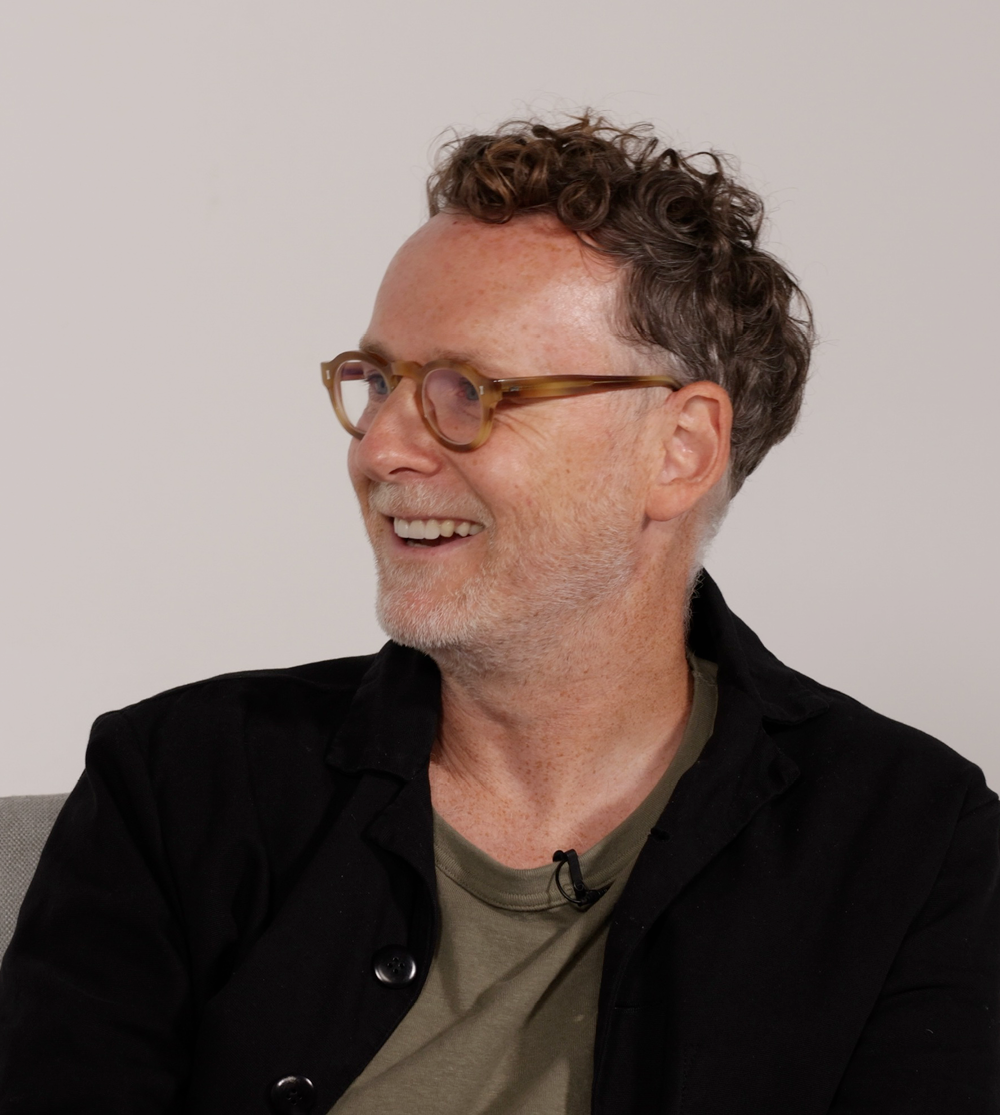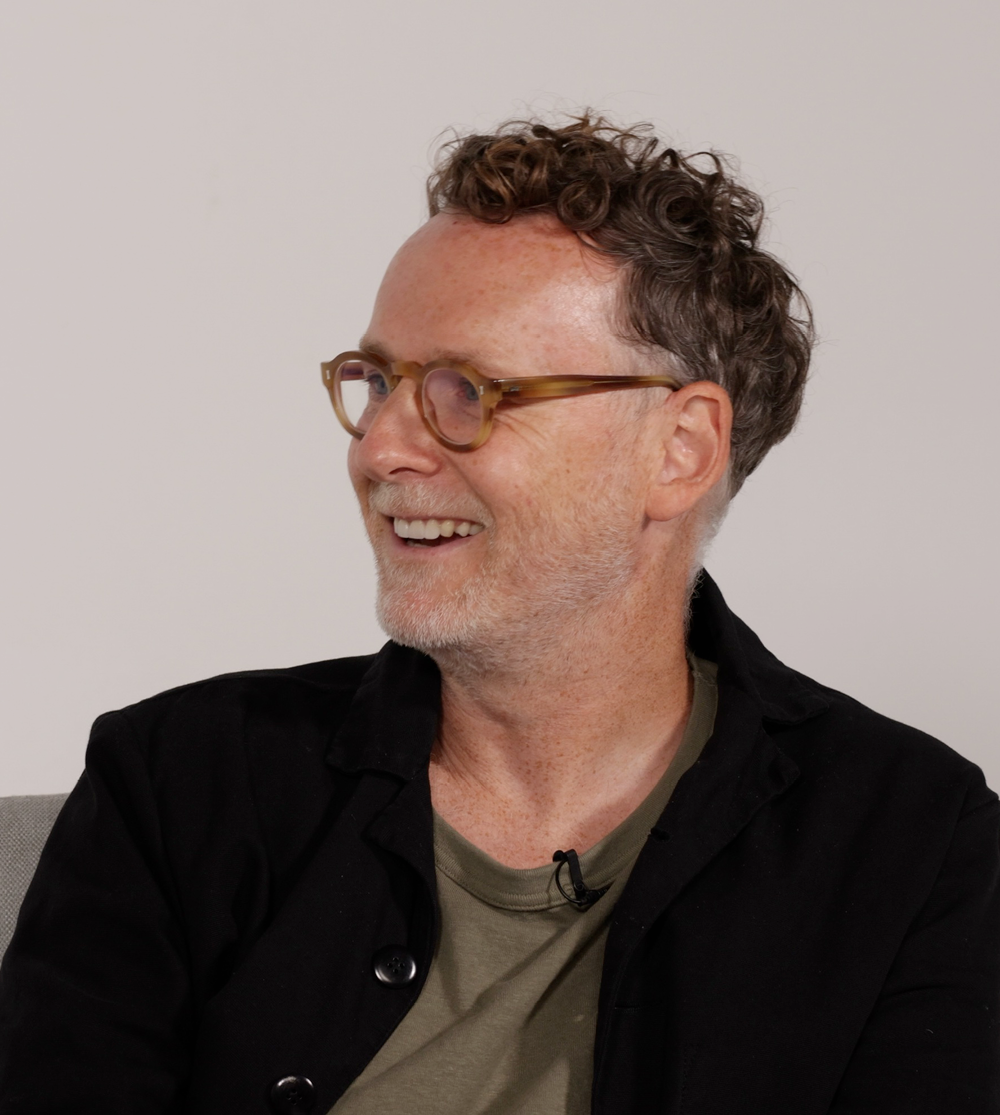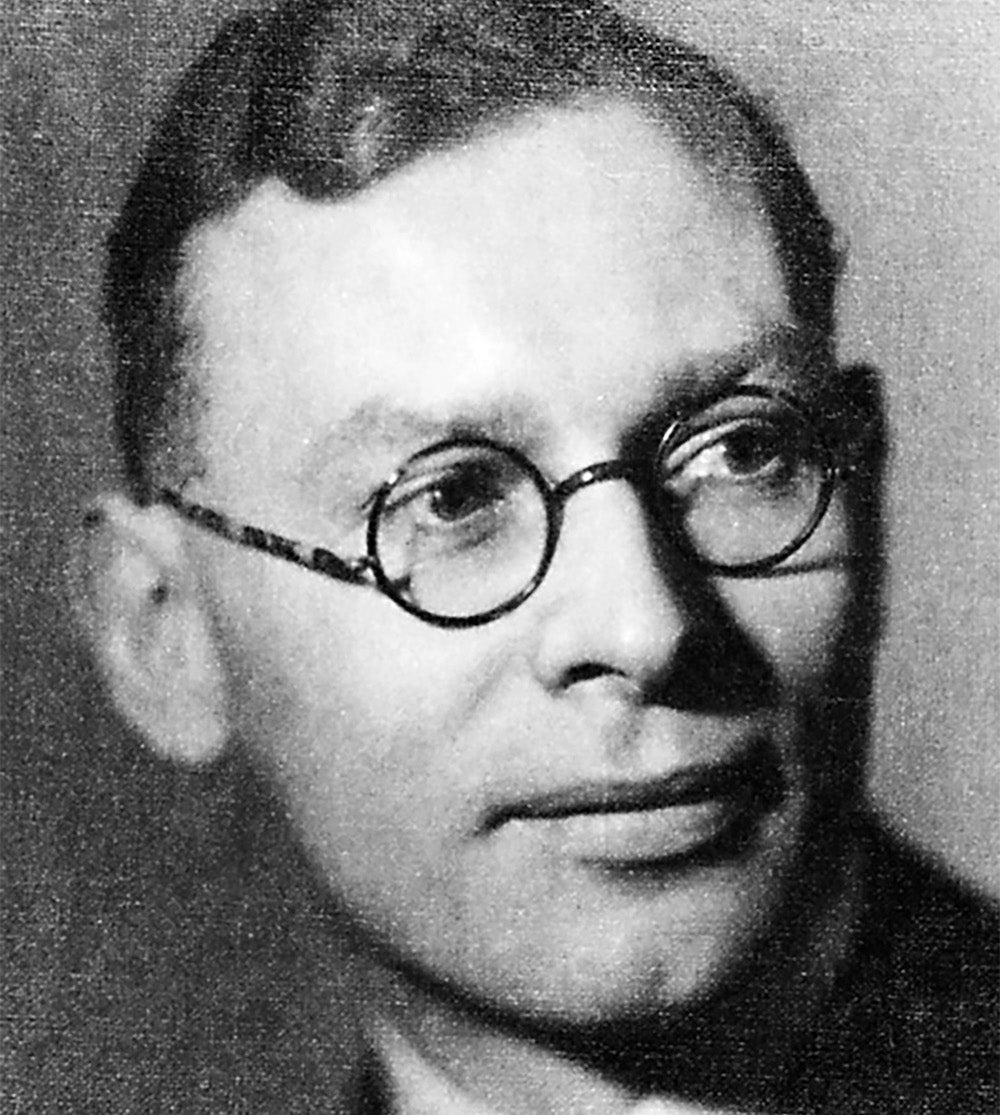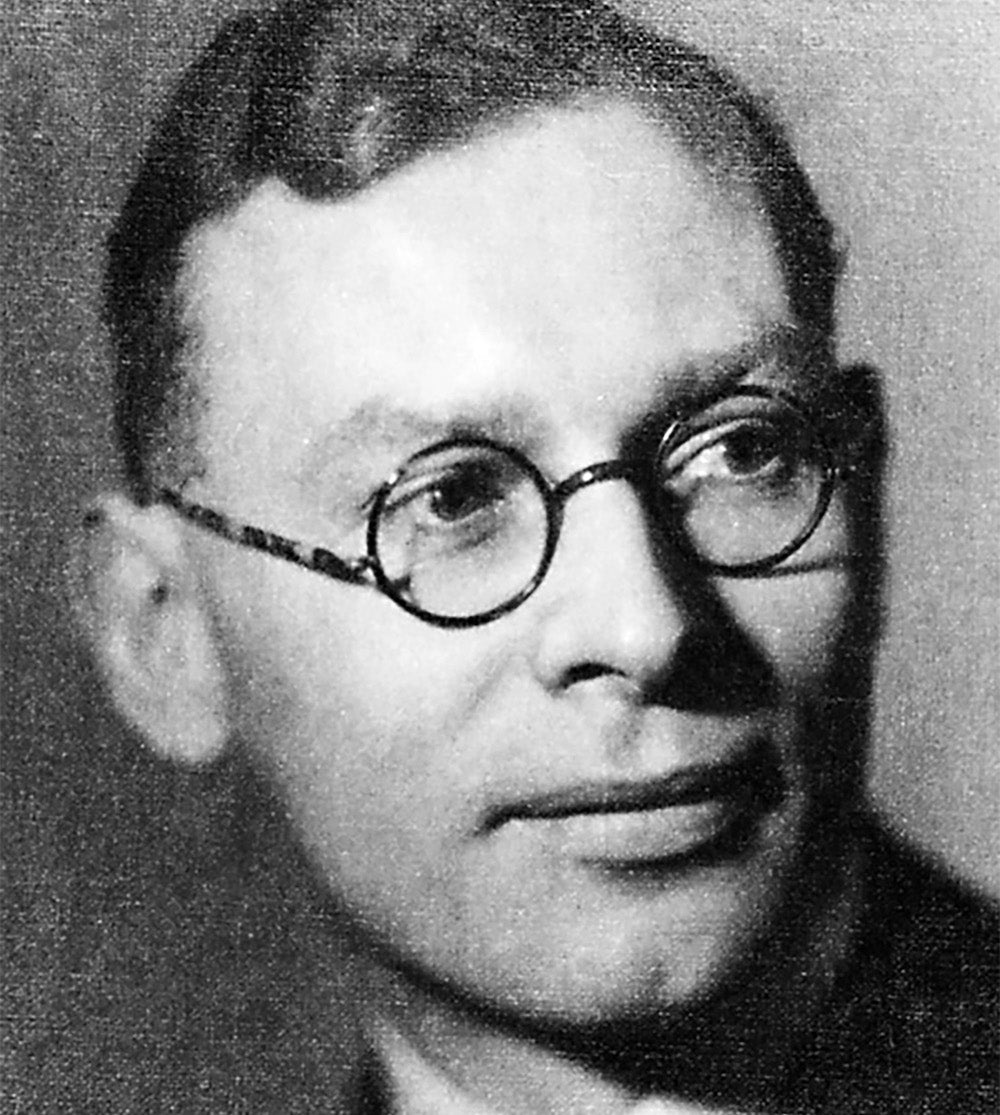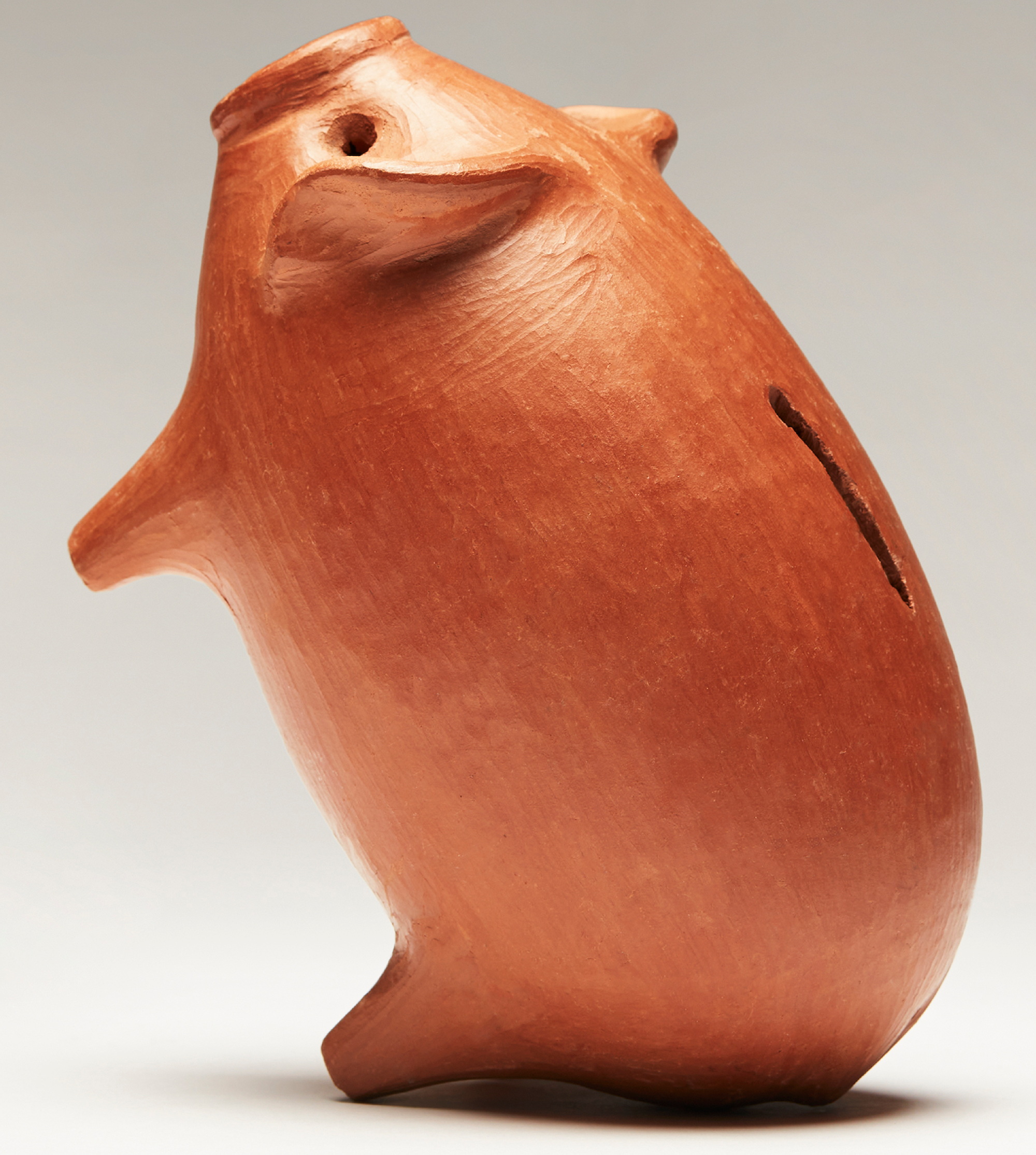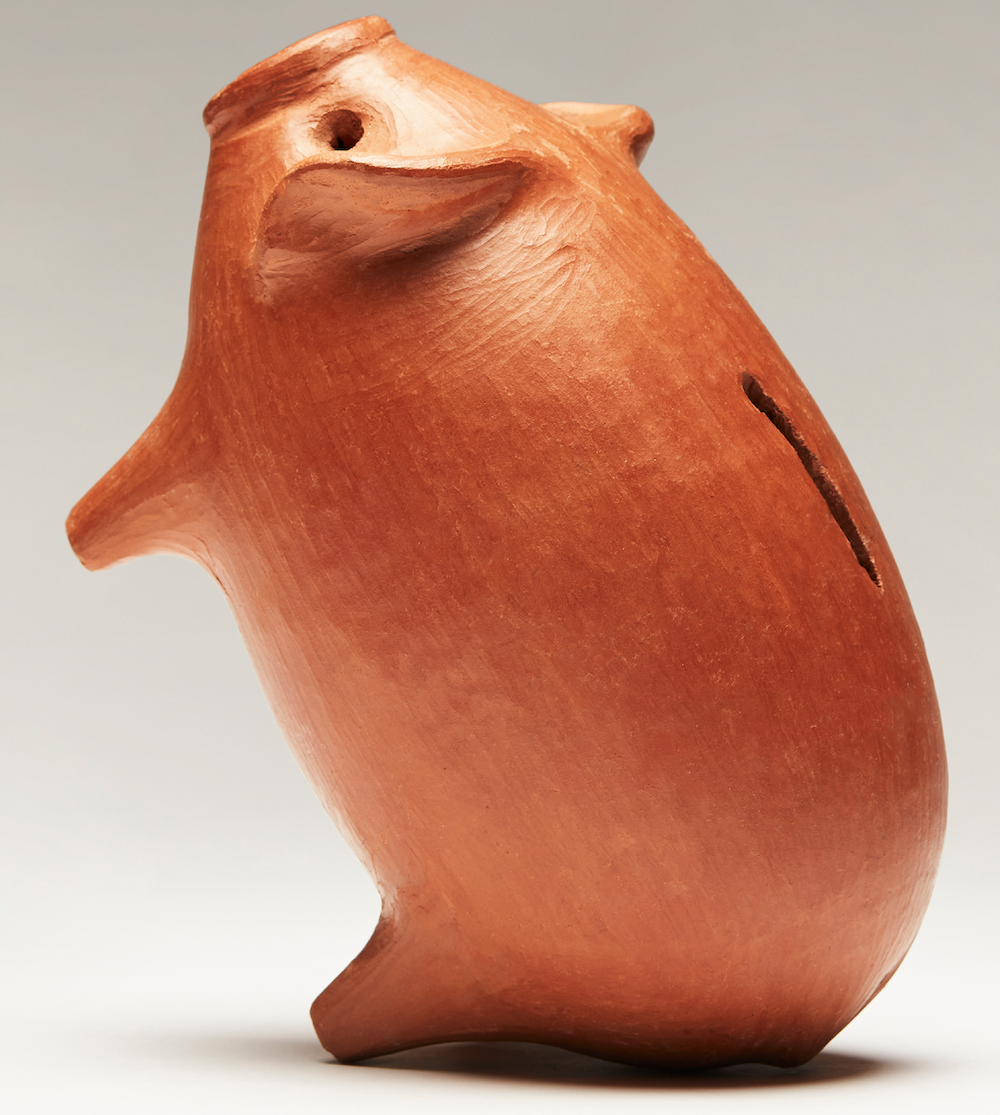Our exhibition, The Emotional Utilitarian, is composed of objects collected by David Usborne, a magpie for the beautifully functional. We asked David about his collection, art, and why his objects are best left to speak for themselves.
In the spirit of objects speaking for themselves, the above is a photo of a bell mould (not David Usborne).
Cubitts: How did you begin to collect?
David Usborne: I was sent away to boarding school aged eight. Every boy collected something… stamps, cigarette cards, sweet-papers, bird’s eggs… so I have to conclude that collecting was some kind of salve for loneliness and a way of asserting fragile identities. Childhood and late middle-age seem to be peak periods for collecting. What do they have in common?
C: What are your criteria for selection?
DU: I am attracted to objects which are mysterious, are NOT decorative yet are elegant or sculpturally striking, are anonymous (see below), are functional and that have resonance: in other words that remind me of something…a face, figure, plant or work of art.
In the spirit of objects speaking for themselves, the above is a photo of a bell mould (not David Usborne).
Cubitts: How did you begin to collect?
David Usborne: I was sent away to boarding school aged eight. Every boy collected something… stamps, cigarette cards, sweet-papers, bird’s eggs… so I have to conclude that collecting was some kind of salve for loneliness and a way of asserting fragile identities. Childhood and late middle-age seem to be peak periods for collecting. What do they have in common?
C: What are your criteria for selection?
DU: I am attracted to objects which are mysterious, are NOT decorative yet are elegant or sculpturally striking, are anonymous (see below), are functional and that have resonance: in other words that remind me of something…a face, figure, plant or work of art.




C: Why does the utility of the objects you collect matter?
DU: I like to be teased by objects; initially to have difficulty answering the question ‘What is the problem to which this object is a solution?’
C: How would you distinguish between your objects and the readymade work of art?
DU: Duchamp’s readymades would seem to be up my street but most of them are and were intended to be banal. I do appreciate his scatalogical sense of humour. His readymades are accepted as works of art not because of their beauty but because of his signature, his fame and what he has said about them.
DU: I like to be teased by objects; initially to have difficulty answering the question ‘What is the problem to which this object is a solution?’
C: How would you distinguish between your objects and the readymade work of art?
DU: Duchamp’s readymades would seem to be up my street but most of them are and were intended to be banal. I do appreciate his scatalogical sense of humour. His readymades are accepted as works of art not because of their beauty but because of his signature, his fame and what he has said about them.




C: So the anonymity of your objects – the absence of a named creator – is an important part of your collecting?
DU: If I look at a work of art I am looking at the world through the eyes of the artist. Someone else has found beauty and made me see it. If I find beauty in an anonymous object I have eliminated the artist. A sculpture by Henry Moore costs thousands but the flint picked up from a beach that inspired it costs nothing. People who collect art are paying someone else to SEE for them. They are also the sort of people who pay others to decorate, cook, clean their houses, look after their children, run their bathwater and put tooth-paste on their tooth-brush in the morning.
Would I have appreciated the flint if I hadn’t seen Moore’s work first? That’s an interesting question.
C: Your descriptions of chance encounters with these objects seems to share the poetic nature of surrealist wanders through the flea markets of Paris in the 20th century. Does your collection have a surrealist dimension?
DU: Surrealism is the art movement that comes closest to my taste but I don’t like the urge that almost all surrealist sculptors have to make ART from found objects (qv Dali,Eileen Agar, Cornell and Duchamp.) The only surrealist objects I would have coveted (if they were not already taken) are Duchamp’s bottle-rack and the anti-flash gunnery mask illustrated in Breton’s L’amour fou.
C: Are there any particular objects you’ve had difficulty acquiring?
DU: They may be difficult to find but because I am doing my own looking they come cheaper than the art that the market values and fools buy.
C: Do you have a favourite object?
DU: The last thing I found.
DU: If I look at a work of art I am looking at the world through the eyes of the artist. Someone else has found beauty and made me see it. If I find beauty in an anonymous object I have eliminated the artist. A sculpture by Henry Moore costs thousands but the flint picked up from a beach that inspired it costs nothing. People who collect art are paying someone else to SEE for them. They are also the sort of people who pay others to decorate, cook, clean their houses, look after their children, run their bathwater and put tooth-paste on their tooth-brush in the morning.
Would I have appreciated the flint if I hadn’t seen Moore’s work first? That’s an interesting question.
C: Your descriptions of chance encounters with these objects seems to share the poetic nature of surrealist wanders through the flea markets of Paris in the 20th century. Does your collection have a surrealist dimension?
DU: Surrealism is the art movement that comes closest to my taste but I don’t like the urge that almost all surrealist sculptors have to make ART from found objects (qv Dali,Eileen Agar, Cornell and Duchamp.) The only surrealist objects I would have coveted (if they were not already taken) are Duchamp’s bottle-rack and the anti-flash gunnery mask illustrated in Breton’s L’amour fou.
C: Are there any particular objects you’ve had difficulty acquiring?
DU: They may be difficult to find but because I am doing my own looking they come cheaper than the art that the market values and fools buy.
C: Do you have a favourite object?
DU: The last thing I found.




The Emotional Utilitarian runs from 13th-16th October, at Batsford Gallery, East London. Book your free ticket here.
